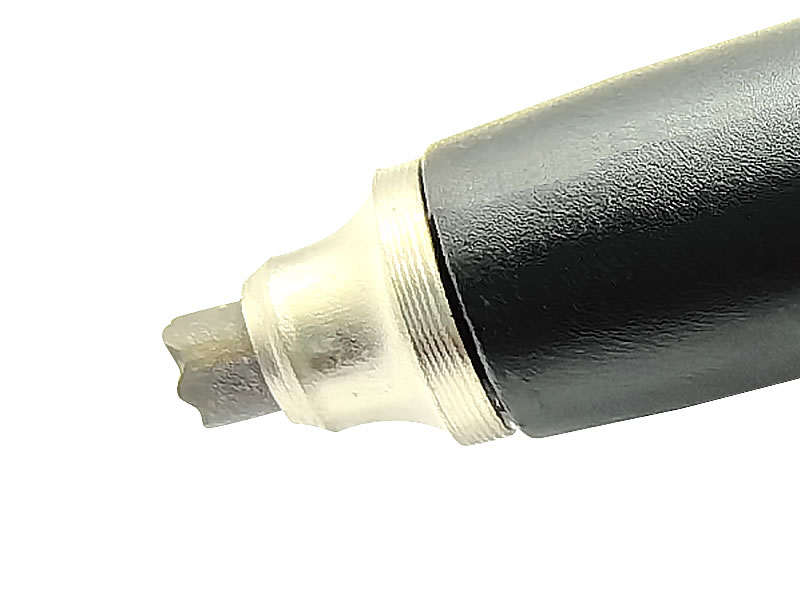What are the advantages of tungsten carbide tips?
Tungsten carbide (WC) tips are a cornerstone of modern industry, prized for delivering exceptional performance where ordinary materials fail. Their unique properties make them indispensable for demanding cutting, drilling, machining, and wear applications. Let's explore the key advantages driving their widespread adoption:

- Unmatched Hardness & Wear Resistance: This is the defining superpower. Tungsten carbide ranks near the top of the hardness scale (around 9 on Mohs, significantly harder than tool steel). This translates to phenomenal resistance to abrasion, erosion, and deformation. Tools retain their sharp cutting edge or precise shape exponentially longer than steel alternatives. This drastically reduces wear in high-friction environments like mining, machining, or rock drilling.
- Superior Strength and Durability: While incredibly hard, tungsten carbide also possesses excellent compressive strength. It can withstand immense pressures and impacts without cracking or chipping under typical operating conditions. This combination of hardness and strength allows carbide-tipped tools to handle tough materials (like hardened steel, composites, concrete, and abrasive wood) and harsh conditions that would rapidly destroy conventional tools.
- Exceptional Heat Resistance: Tungsten carbide maintains its hardness and structural integrity at much higher temperatures than high-speed steel (HSS). This is crucial in high-speed machining or friction-intensive applications where heat buildup is inevitable. The tip doesn't soften or lose its edge as quickly, enabling faster cutting speeds and sustained performance.
- Longer Tool Life & Reduced Downtime: The direct result of advantages 1-3 is dramatically extended service life. Carbide-tipped tools last many times longer than steel counterparts. This means fewer tool changes, reduced machine downtime for replacements, and lower inventory requirements for consumables. The productivity gains are substantial.
- Enhanced Productivity and Efficiency: Longer tool life directly boosts productivity. Furthermore, the ability to withstand higher temperatures and pressures allows for significantly faster cutting speeds, feed rates, and deeper cuts compared to HSS. This enables manufacturers to complete jobs much quicker, increasing throughput and efficiency.
- Improved Surface Finish and Precision: The exceptional wear resistance ensures that the cutting edge stays sharp and true for longer periods. This consistency translates to superior surface finishes on machined parts and greater dimensional accuracy throughout the tool's lifespan. Reduced tool deflection also contributes to precision.
- Cost-Effectiveness (Lower Cost-Per-Part): While the initial purchase price of a carbide-tipped tool is higher than an equivalent steel tool, the dramatically longer lifespan and increased productivity result in a significantly lower cost per part produced or per operation performed. The reduction in downtime and replacement frequency further enhances the overall return on investment (ROI).
Where Tungsten Carbide Tips Shine:
- Cutting Tools: Saw blades (circular, band), router bits, milling cutters, lathe tools, inserts.
- Drilling Tools: Drill bits for masonry, concrete, rock, metal, and PCB manufacturing.
- Wear Parts: Nozzles, valve components, seals, dies, guide rolls, mining picks, and construction machinery parts subject to abrasion.
- Woodworking: Superior edge retention for planer blades, chipper knives.
Conclusion:
The advantages of tungsten carbide tips – extreme hardness, wear resistance, strength, heat tolerance, longevity, and resulting productivity and cost-efficiency – make them an essential engineering solution. They enable industries to work faster, harder, and smarter, pushing the boundaries of what's possible in machining, construction, mining, manufacturing, and beyond. Choosing carbide tips is an investment in performance, reliability, and ultimately, a stronger bottom line.






